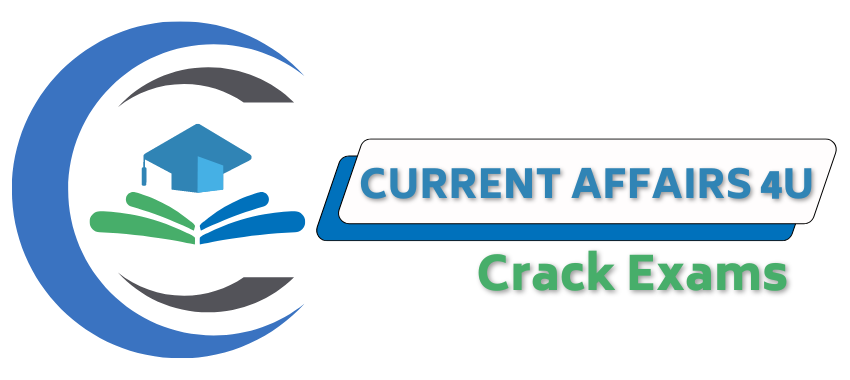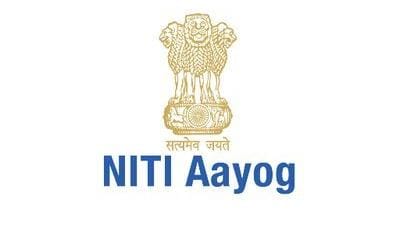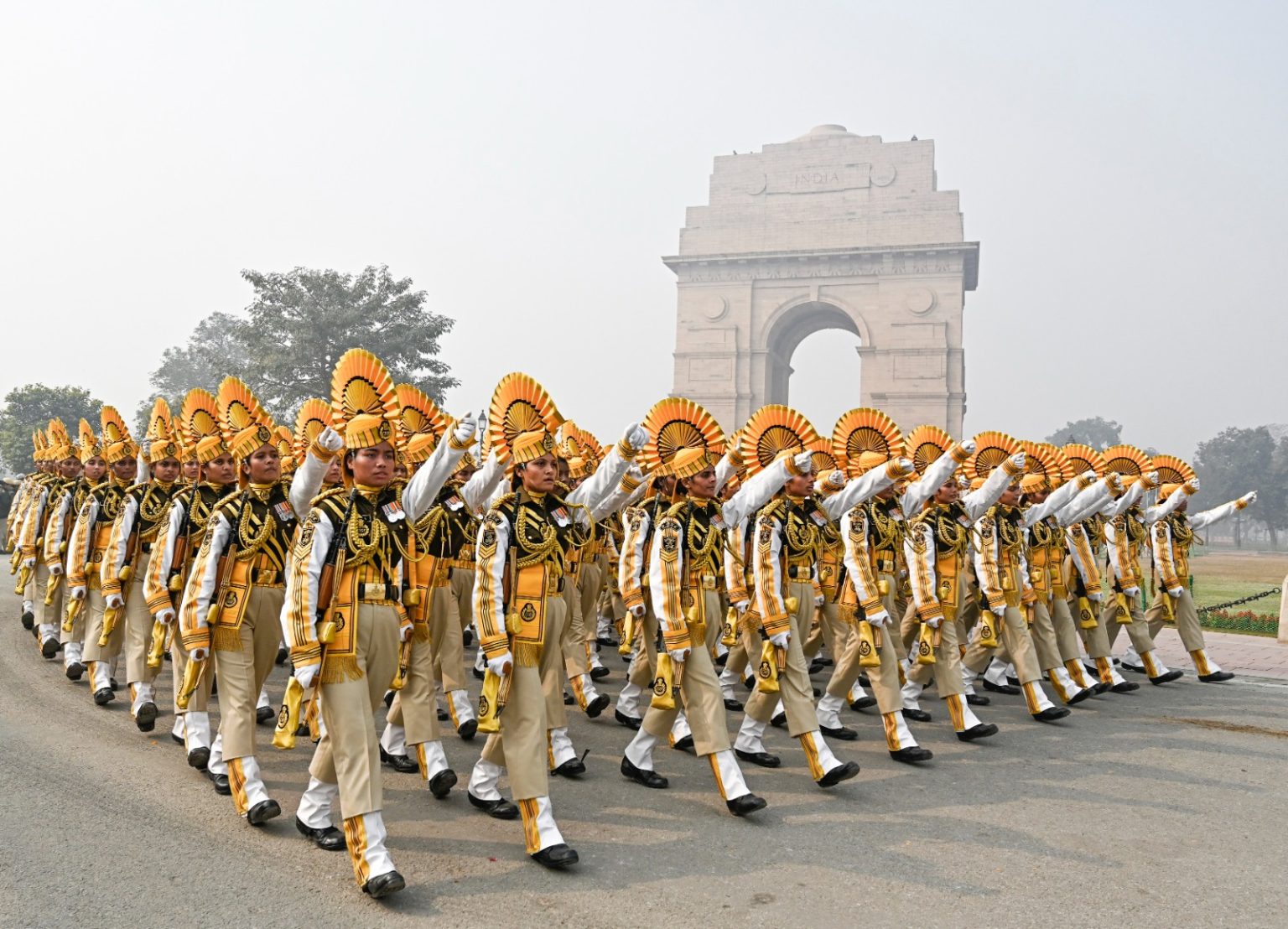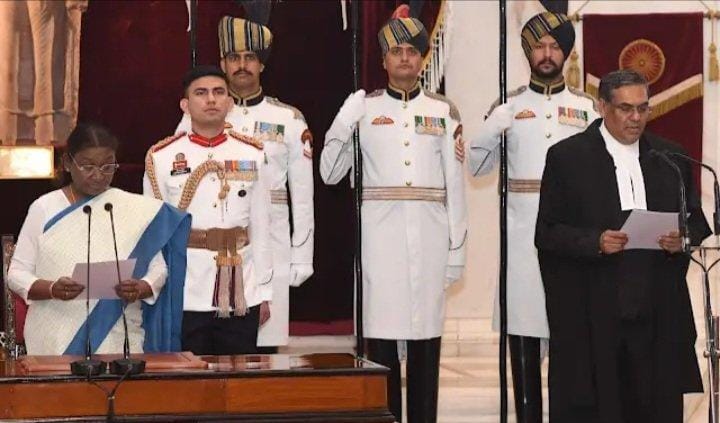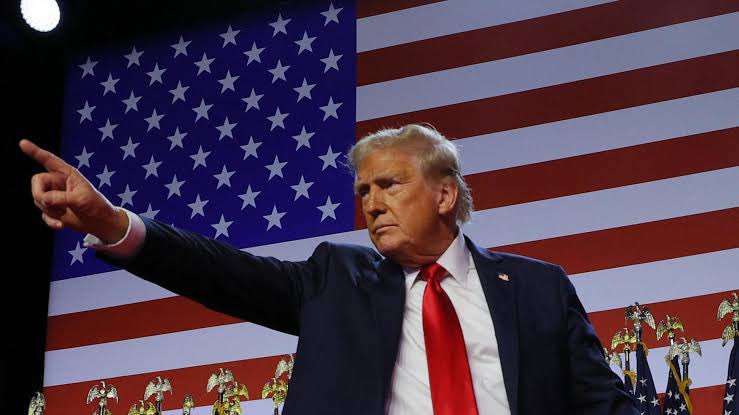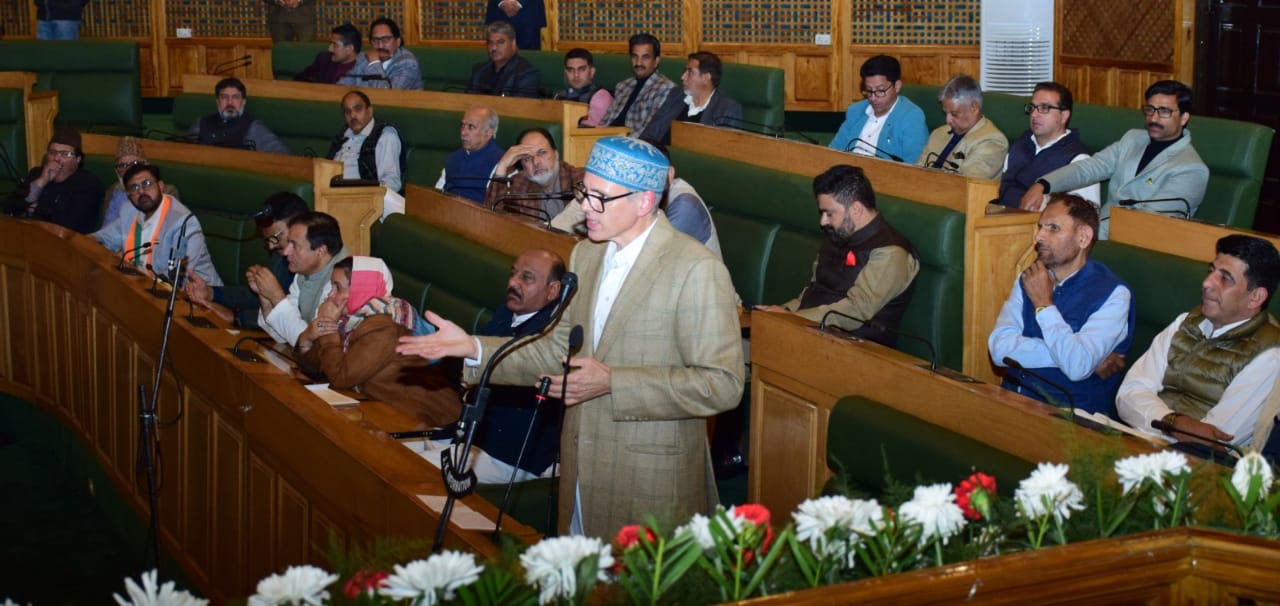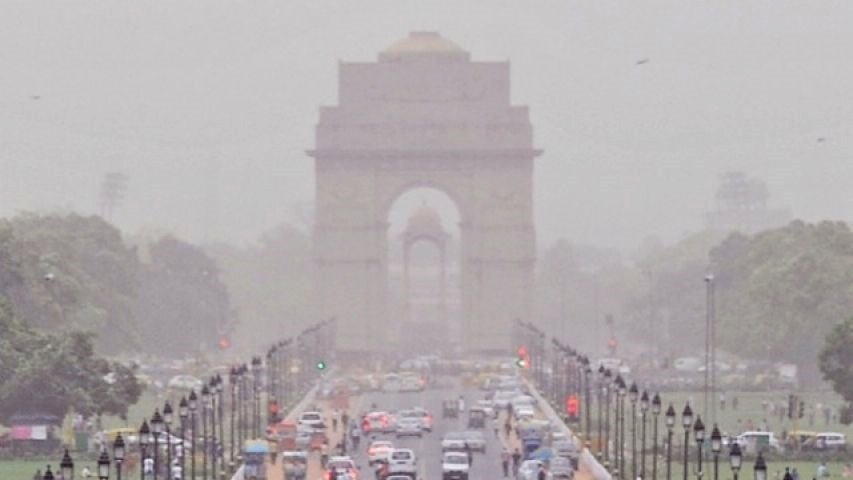NITI Aayog has recently released the fourth edition of the SDG India Index for 2023-24 which indicates that India is consistently making progress towards Sustainable Development Goals (SDGs). Vice Chairman of NITI Aayog Suman Bery launched the Index in the presence of Aayog CEO BVR Subrahmanyam.
Key highlights
- SDG India Index assesses progress across states and UTs on 113 key indicators. The score provided ranges between 0-100 based on SDGs. Scoring 100 means that the state or UT has achieved the target. A lower score means falling short of targets.
- The scores provided to states and UTs give them complete insights into the progress, gaps, and efforts required. They also learn from each other and amend their strategies to achieve targets within the timeframe.
- The composite score of the country has consistently been increasing. It was 57 in 2018, 66 in 2020-21, and now 71 in 2023-24. This indicates that the country is on the right path to accomplishing SDG targets.
- According to NITI Aayog, India has made significant progress in healthcare, poverty alleviation, providing clean water, sanitation, clean energy, and sustainability actions. The government’s focus on these areas has proved advantageous. As per the Aayog, PM Awas Yojana, PM Ujjwala Yojana, and Jal Jeevan Mission have contributed to this improvement significantly.
Performance of States and UTs
- In the SDG India Index 2023-24, Uttarakhand and Kerala scored 79 and secured the first place. With 78, Tamil Nadu secured the second place. Goa secured the third place with 77.
- Bihar scored 57 and was the worst-performing state. Jharkhand (62) and Nagaland (63) performed slightly better than Bihar.
- Chandigarh, Jammu and Kashmir, Puducherry, Andaman & Nicobar Islands, and Delhi were the top-performing UTs.
What are Sustainable Development Goals?
- SDGs are developmental targets set by the United Nations to be accomplished by 2030. The main objective behind these goals is to meet the requirements of the present without compromising the earth’s ability to fulfil the needs of future generations. This requires concerted efforts of all the stakeholders around key elements of sustainable development- growth, social inclusion, and environmental conservation.
- The UN set 17 SDGs with the primary goal of augmenting global actions addressing today’s challenges and making the earth better to live in.
- Governments, businesses, civil society and the common people across the globe have the responsibility to contribute to these goals.
- These goals are not legally binding, but the moral responsibility towards the earth and the people.
- The goals are:

India’s Actions Towards Accomplishing SDGs
- The Central government as well as state governments have taken various initiatives to move swiftly towards achieving these goals. For instance, PM Awas Yojana, Sanitation Drive, etc. have pushed efforts. Moreover, the Right to Education, Skilling Programme, and Biti Bachao Beti Padhao have been contributing to providing quality education to youth.
- India is also making notable strides towards accomplishing the net zero 2070 targets. Through various environmental acts, India has showcased its commitment to environmental conservation.
- In the infrastructure sector, missions like PM Gatishakti, logistic parts, and business parks have pushed the efforts towards SDGs.
- State governments also have programmes that target poverty, gender inequality, women’s education, skilling, and environmental conservation.
- The SDG India Index shows progress towards goals which indicates that efforts are producing results.
